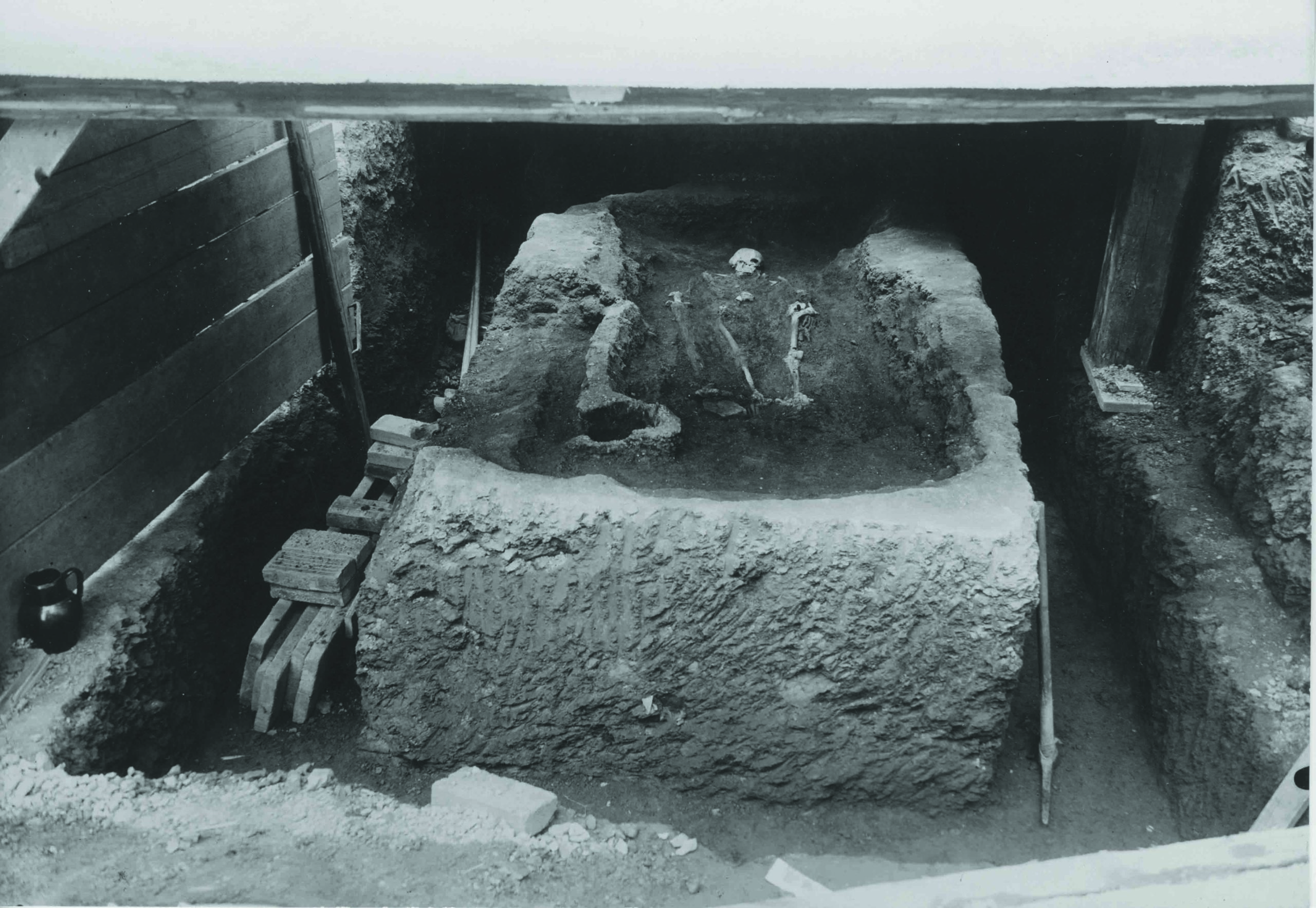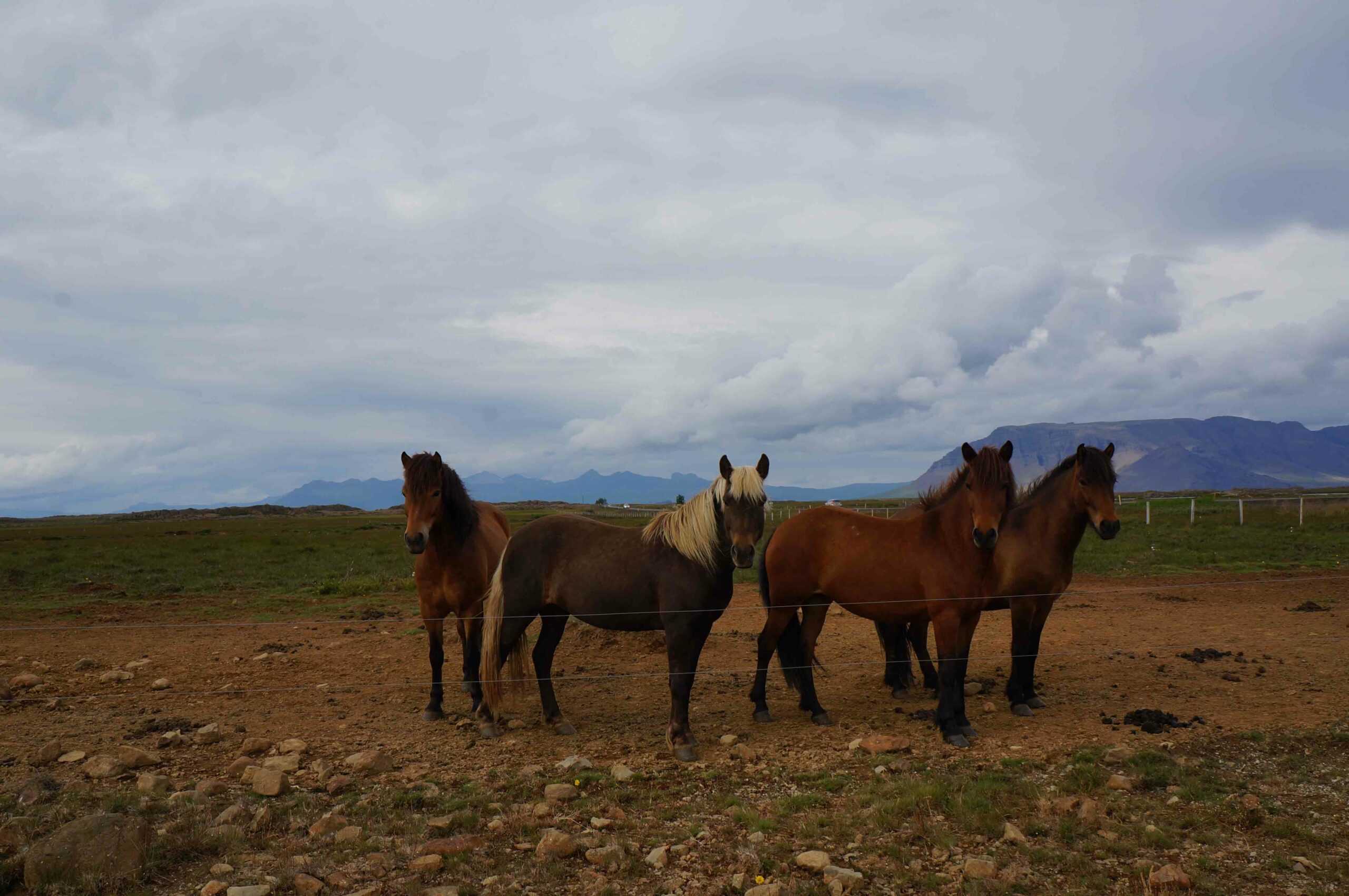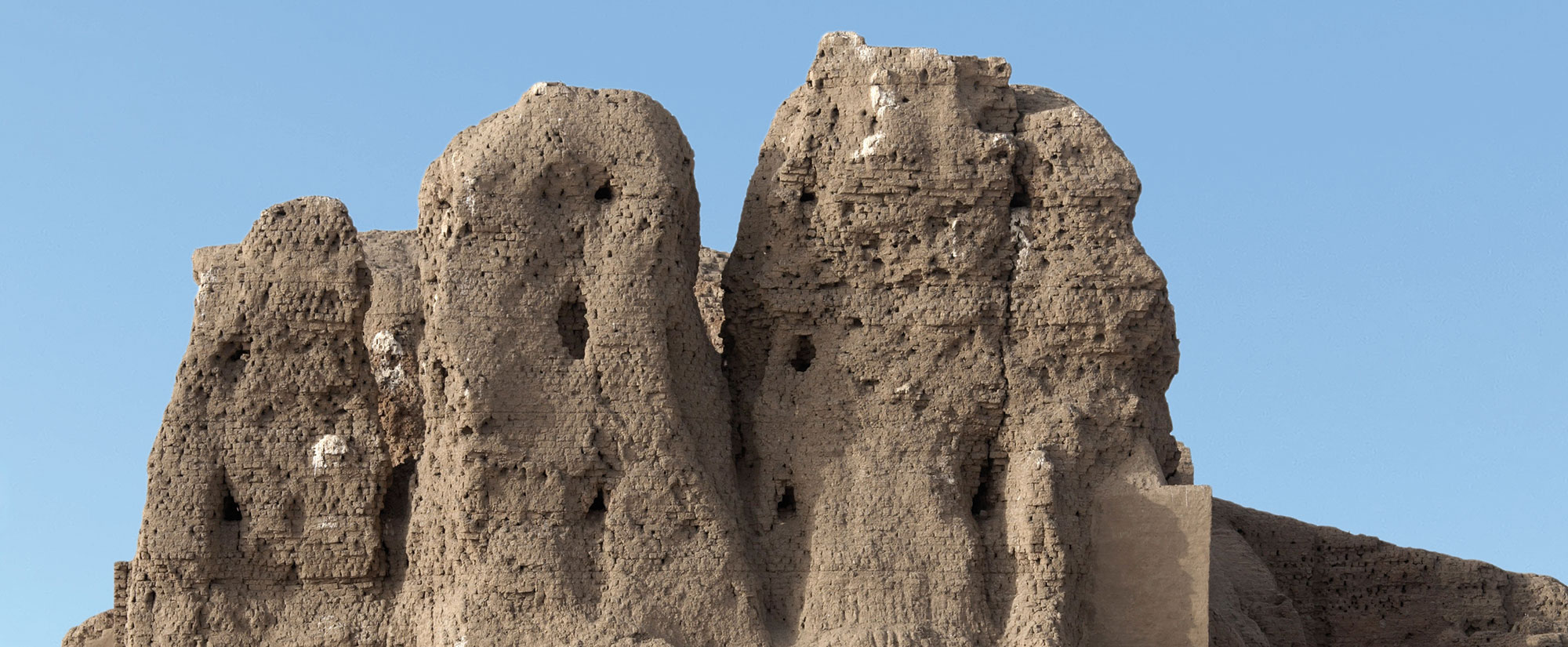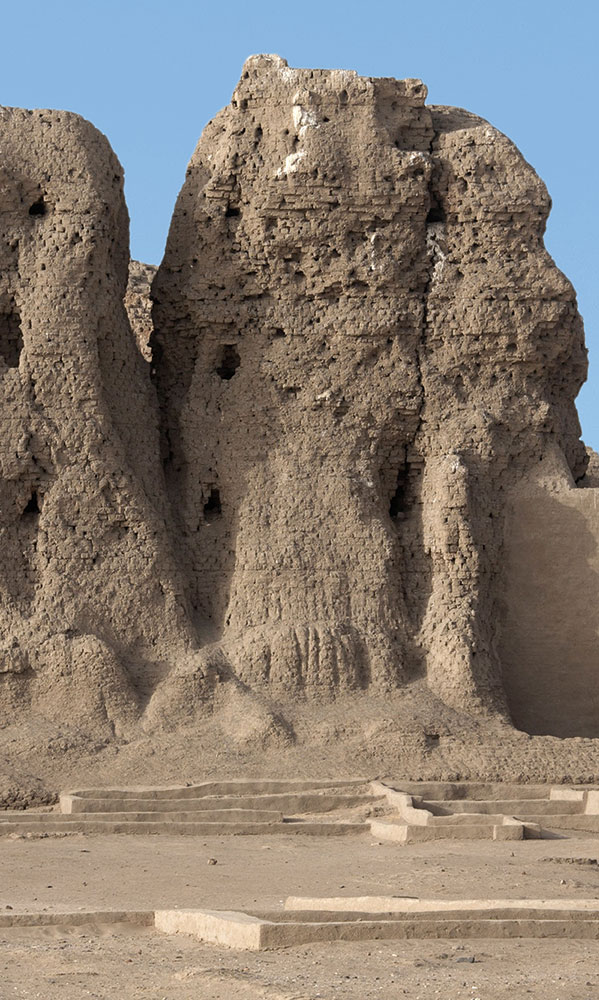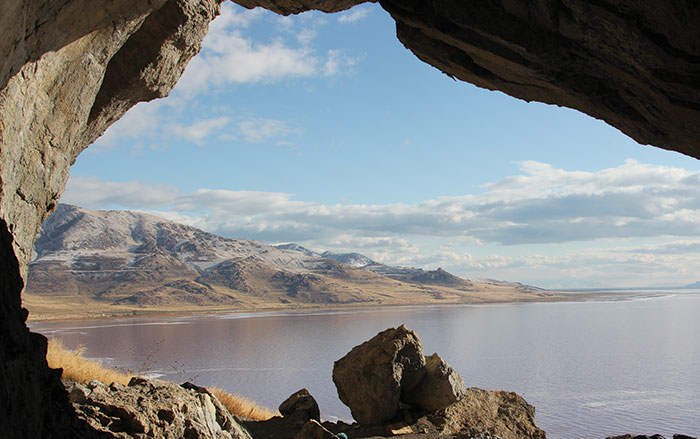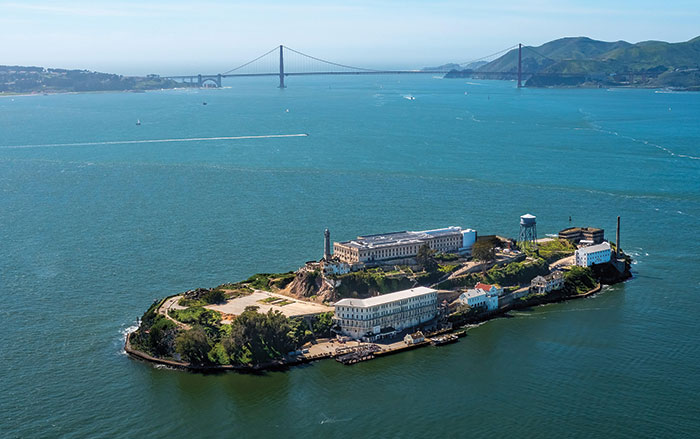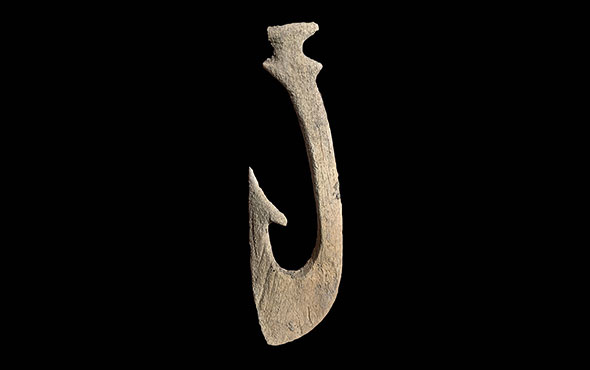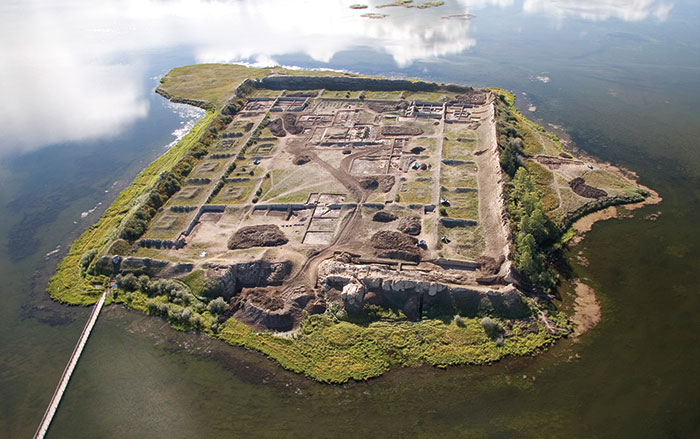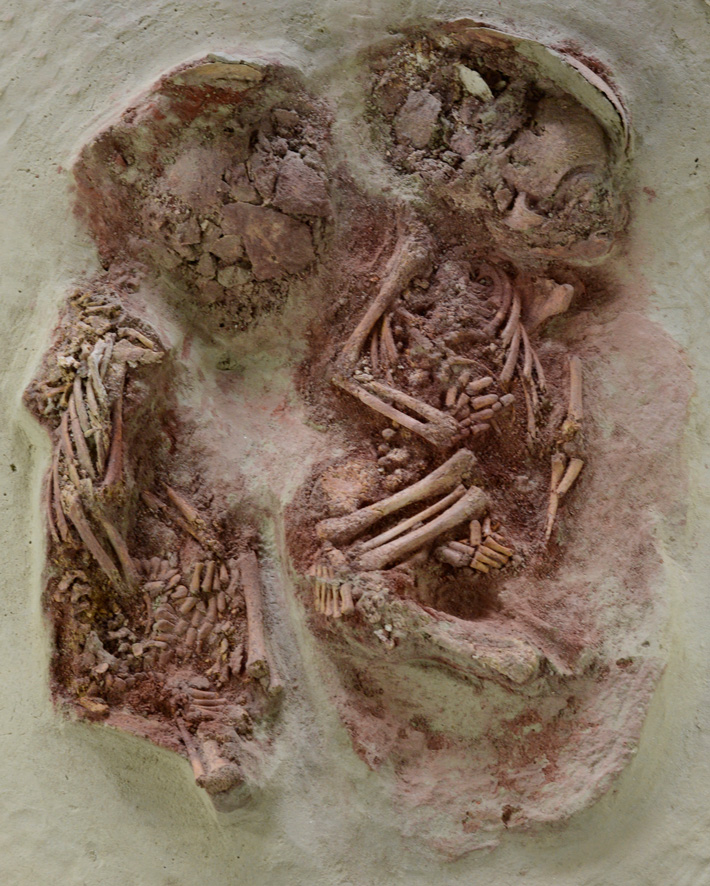
VIENNA, AUSTRIA—Live Science reports that researchers led by biologist Maria Teschler-Nicola of Vienna's Natural History Museum have analyzed three Paleolithic infant burials discovered in 2005 on the banks of the Danube River in northern Austria. DNA analysis revealed that the two infants buried together in an oval-shaped grave some 31,000 years ago were identical male twins, while the infant buried about five feet away may have been their male cousin. Examination of the infants’ top second incisors and skeletal development suggests the twins were full-term or nearly full-term babies, but one of them died shortly after birth. His brother lived about seven weeks before he also died. Teschler-Nicola suggests that the oval-shaped grave was reopened so that the second twin could be buried with his brother. The third infant was about three months old at the time of death. Chemical analysis of isotopes of carbon, nitrogen, and barium in the twins’ tooth enamel showed that they had been breastfed. Stress lines in the third infant’s teeth suggest he experienced feeding difficulties, perhaps brought on by the death of his mother, or her own health problems after the birth. “The babies were obviously of particular importance to the group and highly respected and esteemed,” Teschler-Nicola concluded. To read about traces of a family who lived in an Italian cave some 14,000 years ago, go to "Upper Paleolithic Cave Life."


